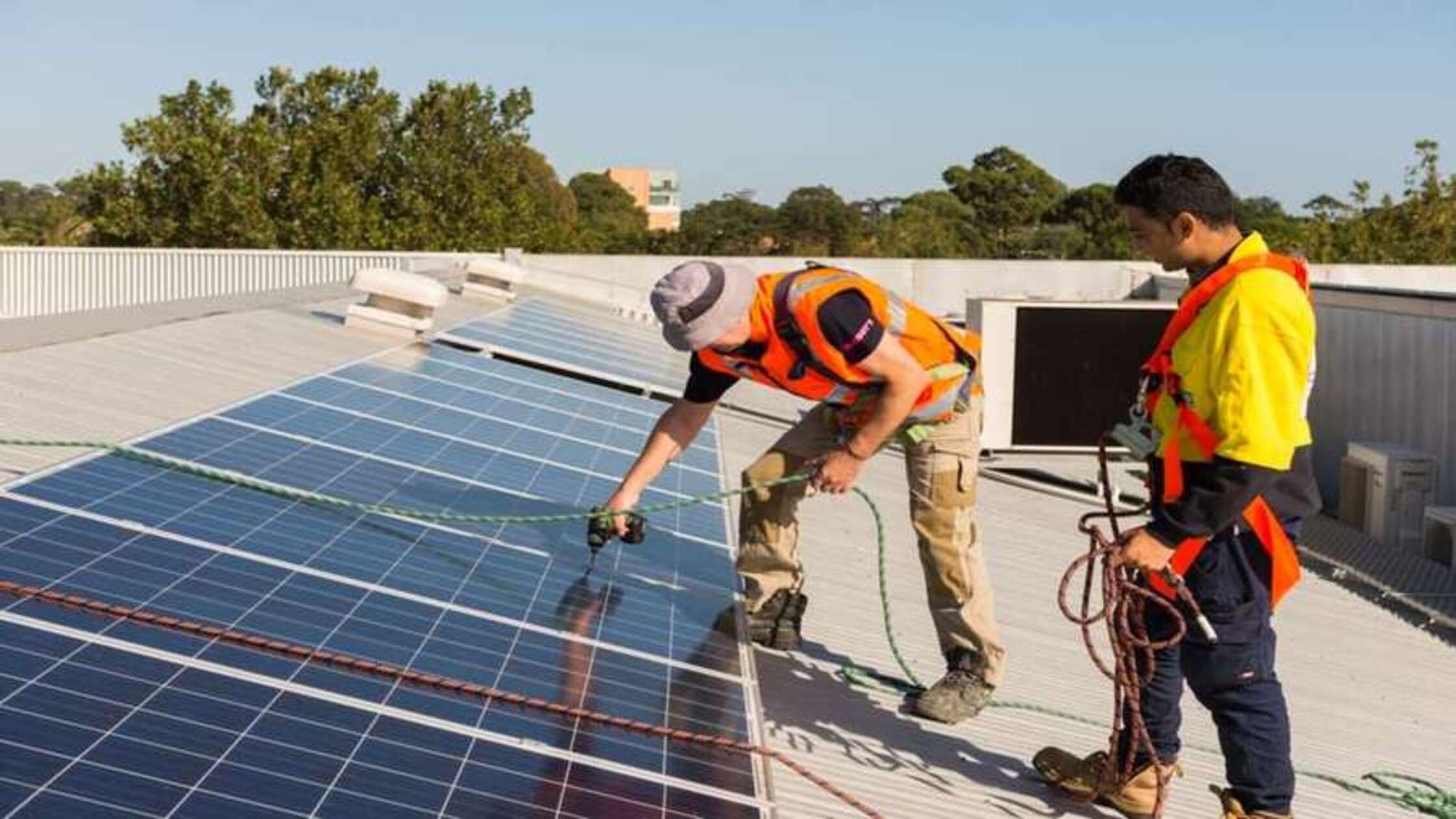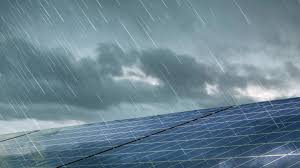Introduction
Distributed generation (DG) is revolutionizing energy production and consumption across Asia, offering a sustainable and resilient solution by decentralizing power generation and utilizing local renewable resources. As countries in the region strive to meet growing energy demands while addressing environmental concerns, DG systems are becoming a crucial component of the energy landscape. This article explores the broader role of distributed generation in Asia, with a particular focus on rooftop solar systems, highlighting their benefits, and examining notable DG projects across the region.
What is Distributed Generation?
Distributed generation refers to the production of electricity on a smaller scale, close to where it will be consumed, rather than relying on large, centralized power plants. This approach includes renewable energy sources such as solar panels, wind turbines, and biogas systems. In land-scarce regions like Singapore, DG systems, particularly rooftop solar systems, are gaining traction as a practical solution to energy challenges.
Key Benefits of Distributed Generation
- Increased Reliability: DG systems enhance energy reliability by reducing the risk of outages through localized power generation.
- Energy Independence: Communities and businesses can lessen their dependence on centralized grids by generating their own power, contributing to energy security.
- Environmental Benefits: DG systems often utilize renewable resources, leading to lower carbon emissions and reduced environmental impact.
- Utility Bill Reduction: By generating clean solar energy on-site, businesses and households can significantly reduce their utility bills.
- Temperature Reduction: Rooftop solar systems can lower the temperature of buildings, further decreasing cooling costs.
- Ethical and Sustainable Practices: DG systems, particularly solar, align with ethical and sustainable business practices, enhancing a company’s corporate social responsibility profile.
- Green Certification: In some countries, deploying DG systems can help buildings achieve green certifications, such as Singapore's Green Mark (GM) Certification, enhancing their marketability and value.
Distributed Generation Solar Systems in Asia
Asia is witnessing a rapid expansion of distributed generation, particularly rooftop solar systems, as countries seek sustainable energy solutions. DG projects across the region are addressing energy access challenges, improving grid reliability, and supporting national sustainability goals.
Regional Highlights
- India: The Indian government has supported various DG initiatives, including solar installations for rural electrification and hybrid systems that combine solar and diesel power to ensure reliability in remote areas.
- China: China has implemented large-scale distributed solar projects, particularly in urban areas where rooftops are utilized for solar panel installations to meet renewable energy targets.
- Indonesia: In Indonesia, distributed solar projects are providing clean energy to off-grid communities, enhancing energy access, and reducing reliance on fossil fuels.
Distributed Generation Solar Systems in Singapore
In land-scarce Singapore, rooftop solar systems represent a critical component of the nation’s energy strategy. The government’s solar deployment program aggregates solar demand across various agencies, allowing those with smaller energy needs to access clean energy at a lower cost.
Key Facts:
- Installed Capacity: Over 200 MWp of distributed solar capacity installed.
- Coverage: More than 2,300 buildings, including residential high-rises and government sites, are equipped with solar panels.
- Application: Electricity generated by these solar panels powers shared services in residential buildings, such as elevators, lights, and water pumps, during the day.
Case Study: Distributed Generation in the Philippines
In the Philippines, distributed generation projects are significantly improving the quality of life in remote areas. Local developers have partnered with stakeholders to implement solar PV systems in communities not connected to the national grid. These projects have brought about several positive changes:
- Improved Quality of Life: Residents now have access to electricity for essential services like lighting, refrigeration, and communication.
- Economic Development: Local businesses benefit from a stable power supply, stimulating economic growth in previously underserved regions.
- Environmental Benefits: The projects reduce reliance on diesel generators, leading to lower carbon emissions and minimized pollution.
Conclusion
Distributed generation is a game-changer for Asia’s energy landscape, offering a sustainable and resilient solution to meet the region’s growing energy needs. By embracing innovative technologies such as rooftop solar systems and supporting local DG projects, countries in Asia are advancing toward a cleaner, more reliable energy future. As the region continues to adopt and expand DG systems, it sets a benchmark for sustainable energy practices globally.



















